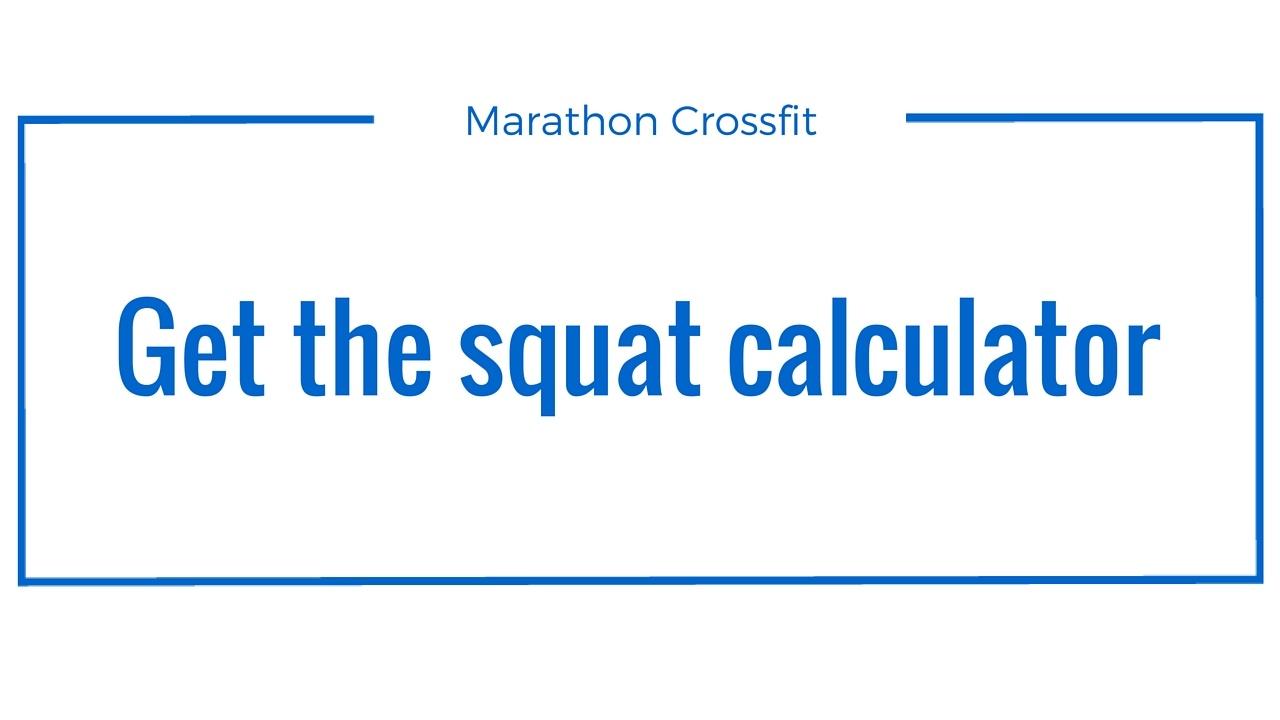Surprisingly, strength to weight ratio is the ultimate key to jump high !
Beginner
Stronger than 5% of lifters. A beginner lifter can perform the movement correctly and has practiced it for at least a month.
Amateur
Stronger than 20% of lifters. A novice lifter has trained regularly in the technique for at least six months.
Skilled
Stronger than 50% of lifters. An intermediate lifter has trained regularly in the technique for at least two years.
Experienced
Stronger than 80% of lifters. An advanced lifter has progressed for over five years.
Elite
Stronger than 95% of lifters. An elite lifter has dedicated over five years to become competitive at strength sports.
It’s important to understand that strength training and weight lifting standards, in general, are difficult to establish because they are dependent on many different factors including:
- the specific variation of the exercise (e.g. back squats or front squats)
- experience level of the lifter
- age of the lifter
- gender of the lifter
- body weight of the lifter
- use of assistance gear (e.g. lifting suit, knee wraps, etc.)
- use of performance-enhancing drugs (e.g. steroids)
- technique variables such as barbell placement and stance width
For example, most lifters can back squat more weight than they can front squat due to the mechanics of the exercise. Similarly, most lifters can front squat more than they can overhead squat. Experienced lifters can obviously lift substantially more than inexperienced ones. And yet, the older you get, the more that your strength will naturally diminish due to aging. Men are stronger than women. And yet, women can surpass the average male’s performance with consistent training. Furthermore, there can be a great disparity between your maximum strength and your strength-endurance (e.g. 1-rep max vs 5-rep max). Also, the heavier that you are, the greater your maximum strength capacity will be, and yet, your pound for pound strength tends to be lower than lighter individuals.
As you can see, if you change just one variable, the strength standards change, too. So, needless to say, pinning down an exact standard to aspire to is really difficult. That’s why I like simple squat standards like the ones below.
Most fitness experts and strength coaches will agree that being able to perform at least 20-50 consecutive bodyweight squats with good form is a good basic standard to go by.
Strength to weight ratio is one of the keys to vertical jumping. Lets create a simple example, when Athlete A jumps, he can create 3,000 lbs of force upward and weighs 1,500 lbs, when Athlete B jumps, he can only create 1,500 lbs of force, however he weighs 50 lbs. Who do you think jumps higher? If you said Athlete B then you are correct! Now understand that more goes into this concept but we are keeping it as simple as possible. Athlete B can produce more force relative to his body weight than athlete A. The more force you can create while maintaining a lighter frame is going to be more beneficial than just being as strong as possible.
So the big question you must be asking is "How do I improve my strength to weight ratio?" There are three ways to go about doing this, getting stronger, get lighter or both. First I want to address getting lighter; many people have come to me wanting to improve their vertical leap and one of the first questions I ask is, "how much do you weigh?" If an athlete is overweight for jumping standards, I would encourage them to lose the weight before even beginning a vertical leap program.
A famous quote from my track coach, Rob Jarvis is "fat don't fly" and he is absolutely correct in saying this. For ever extra and unnessecary pound you carry while jumping is like trying to dunk with a weight vest, and believe me it is no easy feat!
Jumping with extra weight is like jumping with a weight vest on, trust me it's very tough!
One way to know if you are in the ballpark for proper weight would be to know know you BMI or body mass index. BMI is a measure of body fat based on your weight in relation to your height. It is a simple tool that can give you an estimate of where you are. Most elite jumpers are going to have relatively lower BMI's (23-18), with a few exceptions to the rule. If you are in the overweight category, I would advise trying to lose weight and you may even see and increase in your vertical immediately.
Jumping with extra weight is like jumping with a weight vest on, trust me it's very tough!
One way to know if you are in the ballpark for proper weight would be to know know you BMI or body mass index. BMI is a measure of body fat based on your weight in relation to your height. It is a simple tool that can give you an estimate of where you are. Most elite jumpers are going to have relatively lower BMI's (23-18), with a few exceptions to the rule. If you are in the overweight category, I would advise trying to lose weight and you may even see and increase in your vertical immediately.
Once weight has been taken care of now it is time to get strong! When getting stronger remember the key isn't just about the amount of weight lifted, but it's the amount of weight in relation to your body weight. Below I have attached some standards for two specific lifts, the deadlift and the power clean. These lifts should be a staple in everyone vertical leap program if lifting is involved.
Check out these numbers and see how you fair in regard to your specific bodyweight.


These standards should be used as benchmarks for your strength to weight ratio training. Make sure you are performing lifts correctly, and when training for vertical, as explosively as possible. Moving the weight really slow or in an incorrect manner will not only be a detriment to your vertical training, but could also put you at risk for injury.
One of the side effects (if you would call it that) of getting stronger, is potential putting on weight via muscle. Although more muscle might be great, getting heavier is detrimental to jumping if too much muscle is put on. The biggest struggle with managing weight is trying not to include too much cardio into your workouts. Cardio(vascular) training usually tends to enhance Type 1 or slow twice muscle fibers, while vertical leap training focuses on Type 2 or fast twitch muscle fibers. The key is to make sure you are maintaining a positive weight while limiting the use of slow twitch muscle fibers. One way in doing this is paying close attention to the foods you eat. Eating nutrient dense foods will make sure you are getting the necessary proteins, carbs, and fats needed while limiting any excess calories. Also I feel that jumping rope and kettle bell swings are great jump specific forms of cardio training.
Further reading
How to breathe for the barbell back squat


